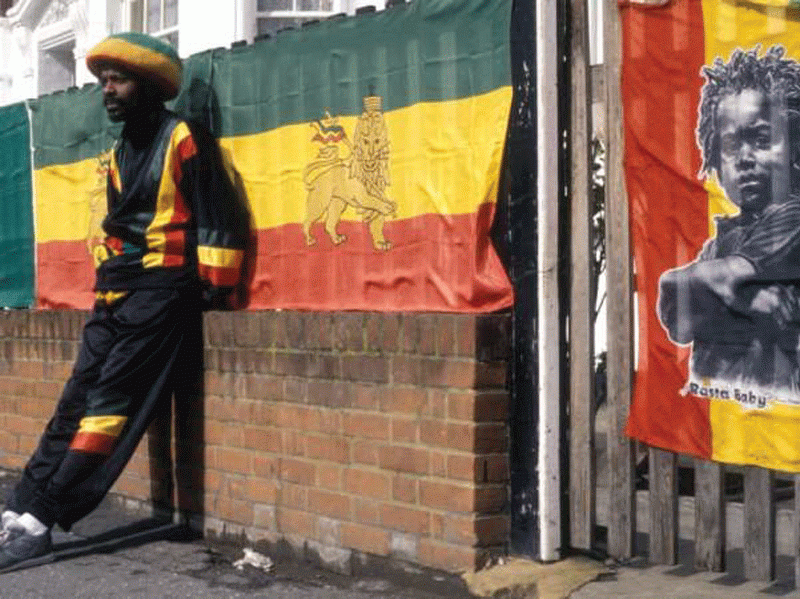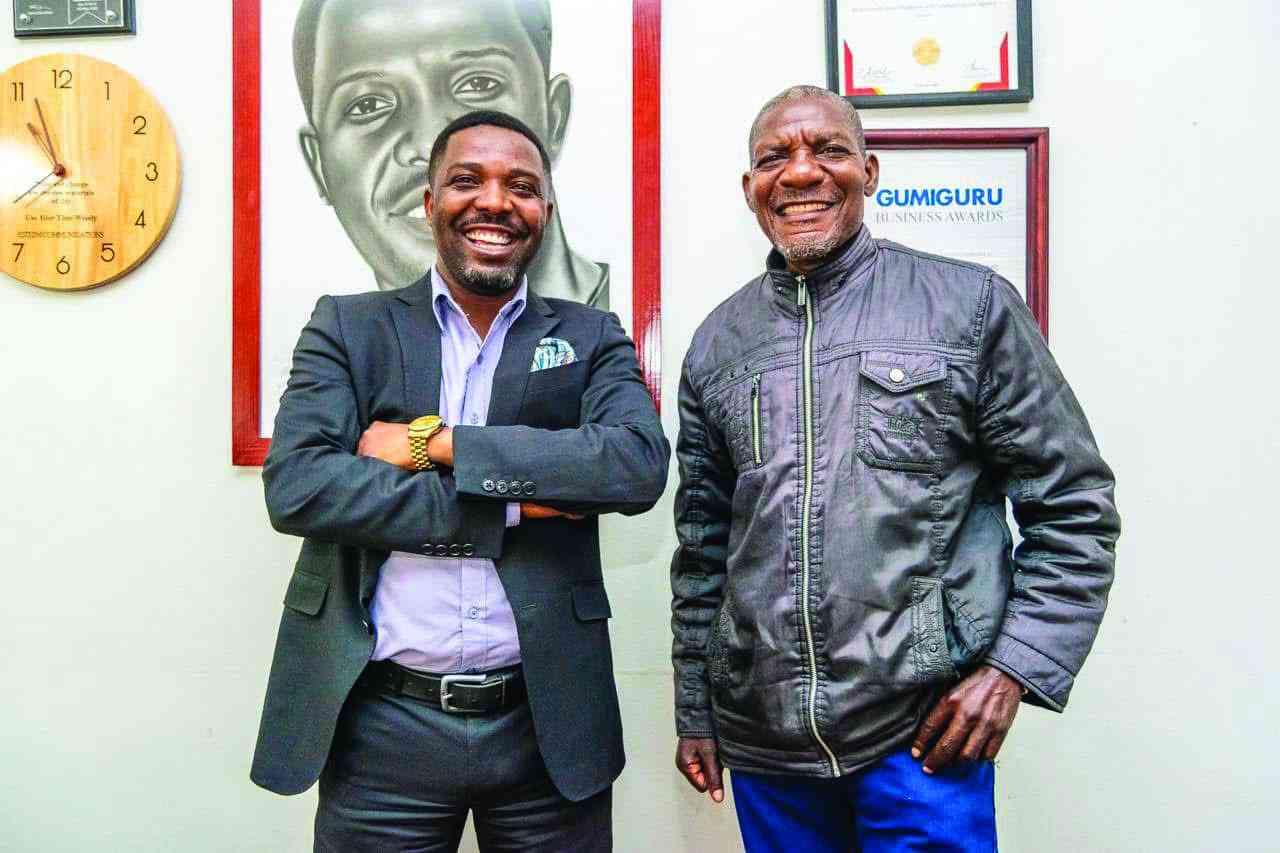
LONDON - The headquarters of the Rastafarian faith in the UK is being brought back to life with an exhibition its organiser hopes will help to dispel myths about the religion, which continues to be a big influence in popular culture from music and food to fashion.
Echoes Within These Walls will tell the story of the temple at St Agnes Place in south London, which was founded in 1972 after Rastafarians took control of the building.
It became the focal point for a religion that was imported from Jamaica after it emerged in the 1930s.
By the late 20th century, the faith had become a worldwide phenomenon, spread by Bob Marley, who stayed at St Agnes Place in the 70s.
Dr Aleema Gray, whose House of Dread arts organisation is hosting the pop-up exhibition at Brixton House, hopes the event – which features a film about the building – will add nuance to a story that often begins and ends with Marley.
Dr Gray said: “It was about being self-sustainable: there was the mechanic, there was the plumber, people were putting in their two shillings. But then there’s the organisational elements of it: St Agnes Place became the HQ of the Ethiopian World Federation, so there’s this black futuristic idea of looking towards Africa.”
Located on a street in Kennington, south London, the HQ consisted of several homes that had been turned into one expansive dwelling.
The religion started a moral panic after the Shades of Grey report on police-West Indian relations, released in the mid-70s, described the Birmingham-based Rasta community as “a criminalised subculture”.
“All of these damaging tropes still exist,” said Dr Gray. “Part of the work is trying to disrupt that.”
St Agnes Place was almost knocked down in the mid-1970s when Lambeth council said the street needed to be razed to create more green space, despite a waiting list of 17,000 people for council homes in the borough.
The entire street had been occupied, with the Observer reporting in 1977 that “each house [was] a cherished commune on a communal street”.
St Agnes Place survived until it was demolished in 2007. Two years earlier police had cleared the street, signalling the end of an era on the longest continually squatted street in London, although many of the original Rastas had long moved on
A team of House of Dread’s community producers conducted oral history interviews, collected photographs and scanned memorabilia that participants brought to them during a “reasoning day”. Dr Gray said that for those who lived at the temple, its demise is still an incredibly difficult memory.
–The Guardian










